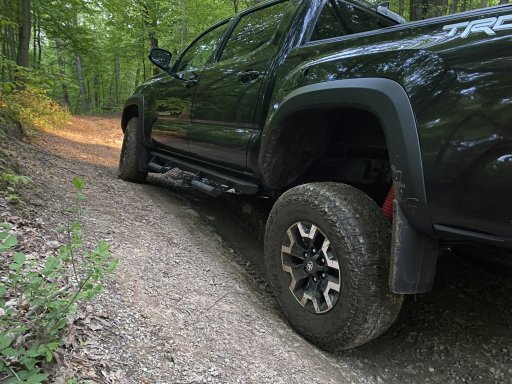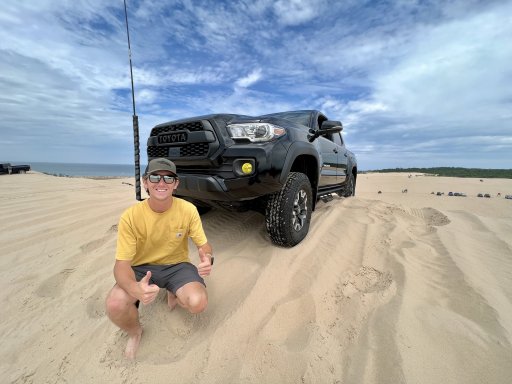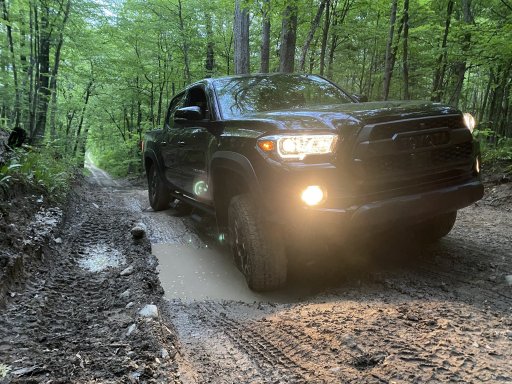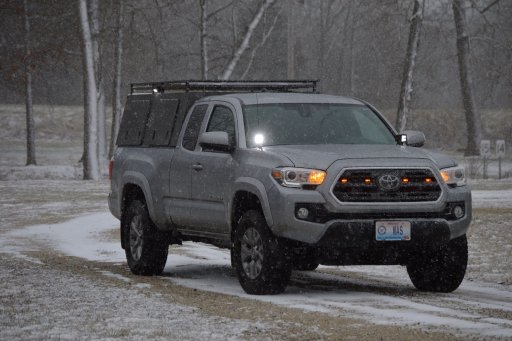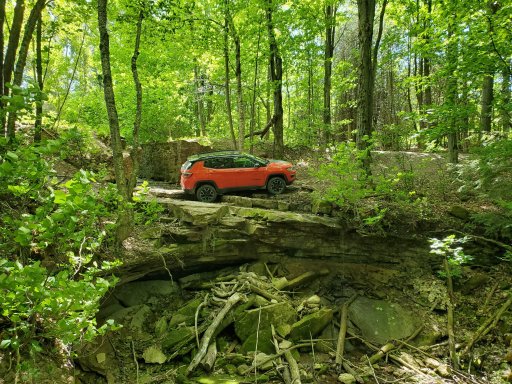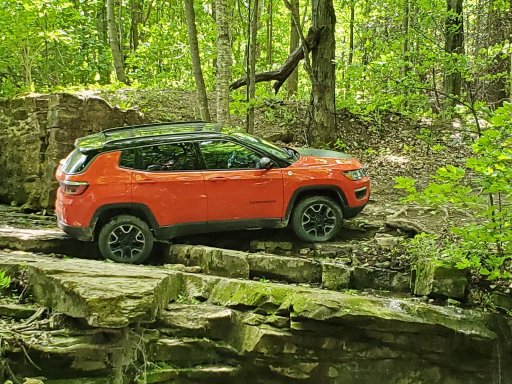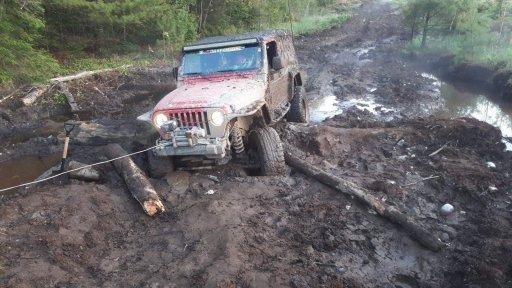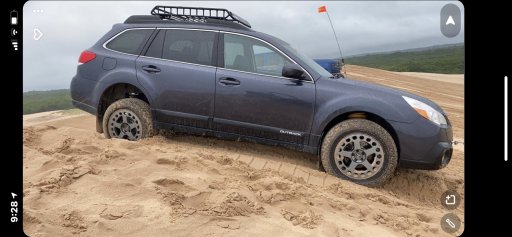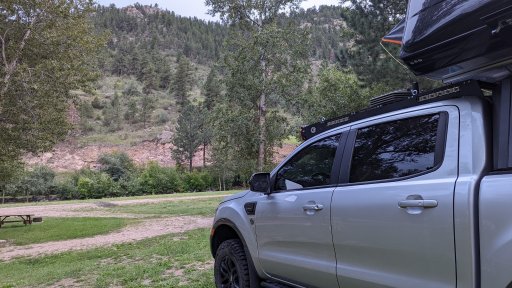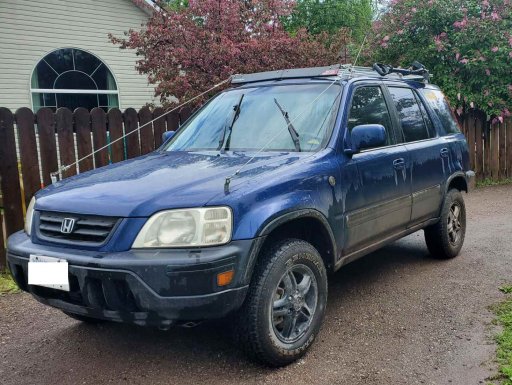It really all depends on your comfort level. but I will say that you should take it slow and get to know what you are doing before diving head first into more challenging trails. This was my bone stock jeep compass on a trail that most would think it had no business on, or would never make it through. I have a lot of years of rock crawling, trail running, and back country camping under my belt, which makes me a little more cofortable than most when out doing things like this.
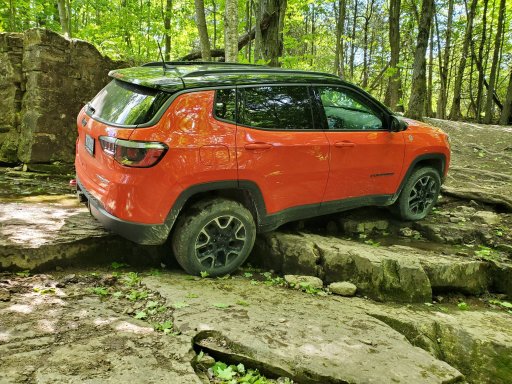
there are a few things to keep in mind when you go out and start trying new trails of a higher caliber.
1. pick your battles. you need to drive it home after the trail and repairs can be expensive. leave your pride at home and thing carefully about obstacles before you run in head first.
2. tread lightly. slow speeds and minimal wheel spin is always preferred. there may be time when you need the skinny pedal a little more than others but make sure that its necessary because this could bring you back to point #1. and more wheel speed can equal higher chance of breaking something.
3. knowing how to fix things will increase confidence. if you know how everything works and know how to get yourself back to civilization if something goes wrong, it can really help you make better decisions and know at what point you are pushing your vehicle too far.
4. assess the best line. If need be, get out and walk ahead, measure water depth, generally just try to take the path of least resistance. while you are learning you may think a line looks good and it may end up not being the right way, but that's the learning part. don't get discouraged, but also keep in mind that you don't want to tear up the trail trying. If it doesn't work after a few tries, re assess and maybe you can see where the pros and cons of certain lines are, and how the vehicle will react over certain terrain.
5. when at all possible go with others who know the area. others that know the trail will know the best lines, whether a water crossing its too deep, or deeper on one side. this also gives you someone to lean on for recoveries and trail repairs a little more if needed.
6. carry recovery gear. this can help in many ways from trail clearing to general recovery. I usually carry straps, shackles, tools, a few spare parts, fuses, grease, and some rags. every kit will be different and need to be catered to specific needs. traction boards can be used in light stuck situations but if you are hung up on a rock they aren't going to do any good, hi-lift jacks cam tug you a few feet but if its a long pull to get out of mud they wont do you much good... or at least not quickly.
7. go prepared. almost every seasoned off roader has a story of a time when they were out alone and got a little too comfortable. I decided to leave a trail at night once, not super comfortable with the trail as it had a lot of trails leading off it. found myself in the middle of a bog, no trees close enough to winch from and hung up on a log in what was referred to by my friends a day later during a recovery as "loon shit" .... pretty accurate. description. I walked 10km out to the road to get cell signal after sleeping in the Jeep all night with a pack of wolves outside, broke both rear shocks, tore the rear locker wiring apart and tore apart a front wheel and brakes from spinning in mud against a log for a few hours while trying to recover it before a called for help.
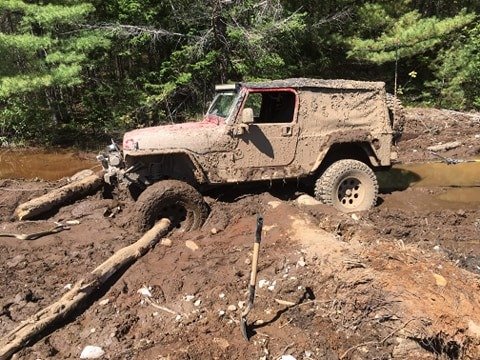
even with any bad scenario, unless the engine blows, there is a good chance it can always drive home ... if you know how to patch is together with zip ties and duct tape ( which i dont recomend unless worst case scenario).
I hope this helps. everyone has questions starting out. don't be afraid to ask questions along the way.

